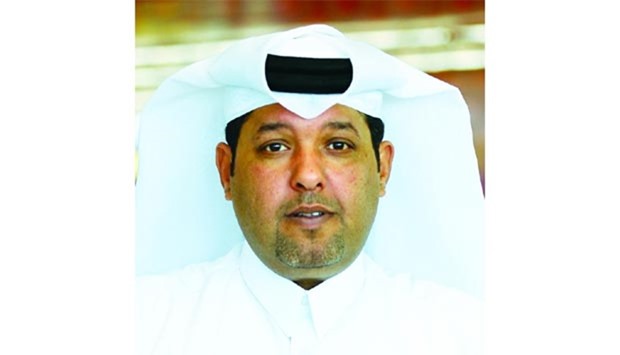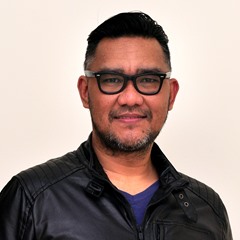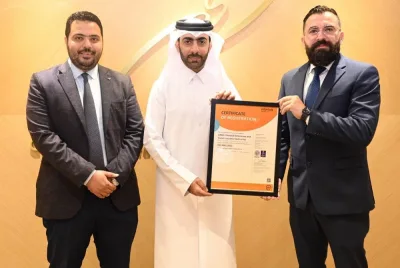The Solar Test Facility (STF) inside the Qatar Science and Technology Park plays a significant role in addressing the “grand challenge” on energy security by focusing on renewables sources like solar, QSTP managing director Hamad al-Kuwari has said.
Al-Kuwari said the STF, established in 2012 on a 35,000-sqm area inside the QSTP, was developed by GreenGulf, Chevron, and Qatar Foundation to provide scientific and technical capabilities for testing and evaluation of solar technologies under specific local climate conditions.
“The facility is being handed over from Chevron and GreenGulf to the Qatar Environment & Energy Research Institute (QEERI), one of the three research institutes at Hamad Bin Khalifa University (HBKU),” al-Kuwari told Gulf Times.
He stressed that “energy security is one of the grand challenges coming out of the Qatar National Research Strategy,” referring to QEERI’s focus on “addressing the grand challenges associated with energy and water.”
On energy security, QEERI said its “Grand Challenges Projects” concentrate on four areas: solar energy, energy storage, grid integration, energy efficiency.
“The overall objective of the Energy Security Grand Challenge is to support the State of Qatar on the deployment of 1GW photovoltaic power into the electrical grid in Qatar by 2020 through research and development that are tailored to buy down the technical risks associated with the injection of an inherently intermittent source of power into the electrical grid,” according to QEERI.
Asked about new technologies for solar panels being developed at the STF, specifically to deal with challenges like dust accumulation or soiling, al-Kuwari said, “I understand that QEERI is working on different types of cells, as well as different types of coating that can reduce the effects of dust on the panel performance.”
A study conducted by QEERI and GreenGulf revealed that environmental variables affect the performance of photovoltaic modules, including ambient temperature and dust, which causes soiling.
An expert on solar energy told Gulf Times earlier that while dust and sandstorms are inherent environmental conditions in Qatar as well as other Middle East countries, new technology is now available in the market to address soiling.
He said the new technology makes the solar panel less prone to dust and dirt and minimises cleaning time from every two to three weeks to once every two months. Similarly, advances in the manufacture of building-integrated photovoltaics (BIPV) or PV materials used to replace conventional building materials for facades, roofs, and skylights, among others, are now available in the market, he noted.

Al-Kuwari: Focus on renewables. PICTURE: Ram Chand



